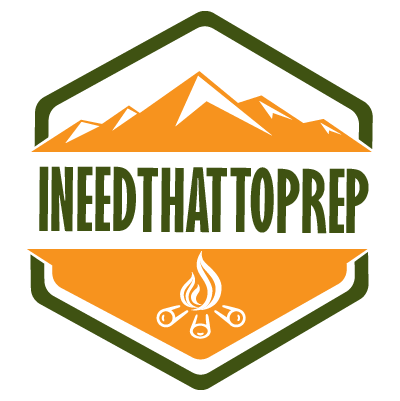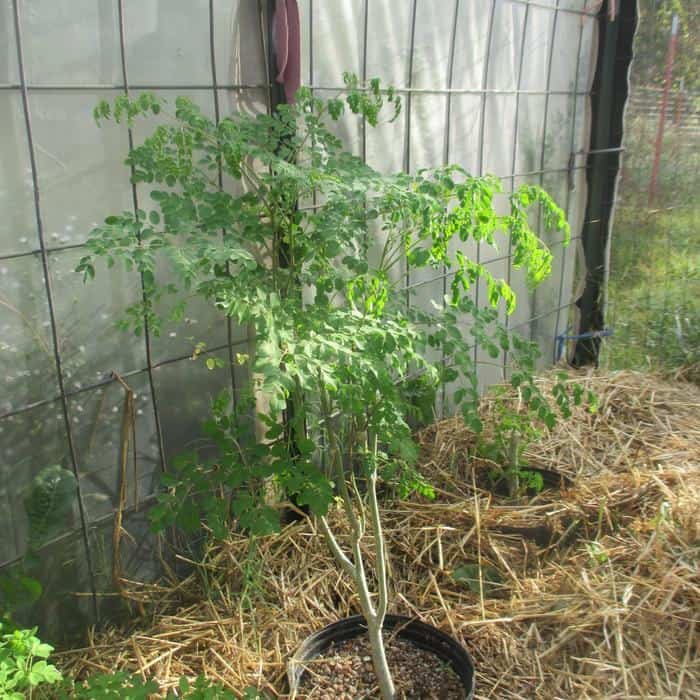Last Updated on April 26, 2023 by Lisa Vargas
During a doomsday disaster, be it long or short term, calling 911 for help is not likely going to be an option. Unless you have a satellite phone, calling or quickly getting emergency medical help even while on a weekend adventure in the woods will also highly unlikely.
When the SHTF, it will take only a few hours for hospital to become overwhelmed and pharmacy shelves looted.Learning how to cultivate, as well as find and identify medicinal plants and herbs could save your life.
Every prepper should be growing and – or purchasing natural ingredients to create a survival apothecary. When you are forced to be our own first responder, a well-stocked pantry of preserved medicinal plants, herbs, and roots will allow you to make your own healing remedies to both treat and prevent illness.
Now is the time to learn how to naturally respond to chronic medical conditions – only considering such issues during a disaster once modern prescription medications have run out, may surely turn a loved one into a statistic and not a survivor.
Do not limit your medicinal plants and herbs growing plan to what will thrive in your particular agricultural zone. Start a small indoor garden or enclosed porch growing area so you can cultivate potent medicinal flowers, herbs, trees, and roots that would otherwise be unable to survive in your climate.
Dwarf varieties of medicinal trees can be pruned so they never have to be cultivated outdoors or relocated only temporarily during specific seasons.
I am not a medical professional of any type. The information shared about medicinal plants, herbs, roots, and trees is purely for education, research, and entertainment purposes and is based upon my own reading and experience.
Always speak with your doctor before embarking on any type of natural healing and treatment routine. Simply because the ingredients you want to use come from nature does not mean they are safe to use either topically or to ingest for everyone – especially pregnant or nursing women.
The 10 Most Important Medicinal Plants For Survival
Below you will find the ten most important medicinal plants that are important to grow and know about. If things go south, there aren’t going to be any doctors around so knowing the best medicinal plants for your health will be very important. So let’s get started!
1. Echinacea
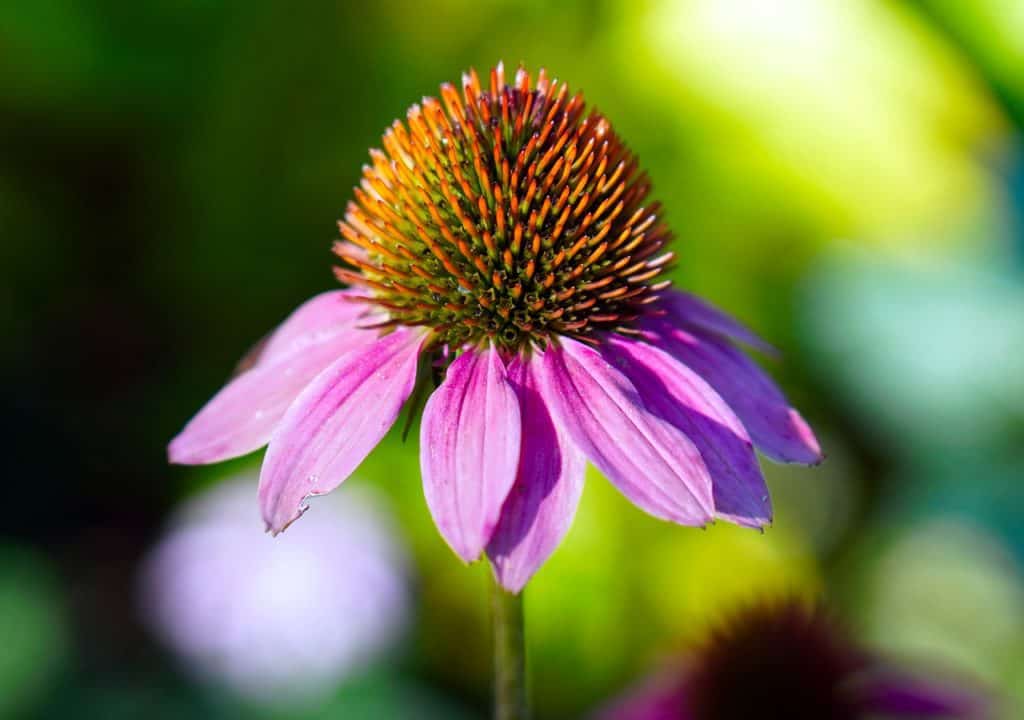
This medicinal plant is as powerful as it is beautiful Echinacea has been used to naturally treat ailments as simple as the common cold to intense bouts of flu and respiratory illness.
Echinacea is typically brewed to create a tea and consumed to garner its natural healing potential. In addition to helping treat illness, this medicinal plant can also be used to boost the immune system to help prevent sickness.
2. Turmeric

This is the one medicinal plant (root, actually) that should be grown, preserved, or stockpiled in every preppers’ survival apothecary. Turmeric is the only source of curcumin on the planet. This orange powdery substance is a highly potent antioxidant. Curcumin is harvested from the dried root cutting from the turmeric plant.
Herbalists have used turmeric for centuries to treat the stiffness caused by arthritis, joint pain and swelling, and inflamed tendons and muscles. While there have been no conclusive studies on the topic, some herbalists and natural healing fans believe turmeric and the curcumin in contains may help prevent or treat Alzheimer’s, clinical depression,and some types of cancer.
A study by the National Library of Medicine in conjunction with the National Institutes of Health revealed that turmeric may enhance the lining in blood vessels and aid in the prevention of cardiac problems.
3. Thyme
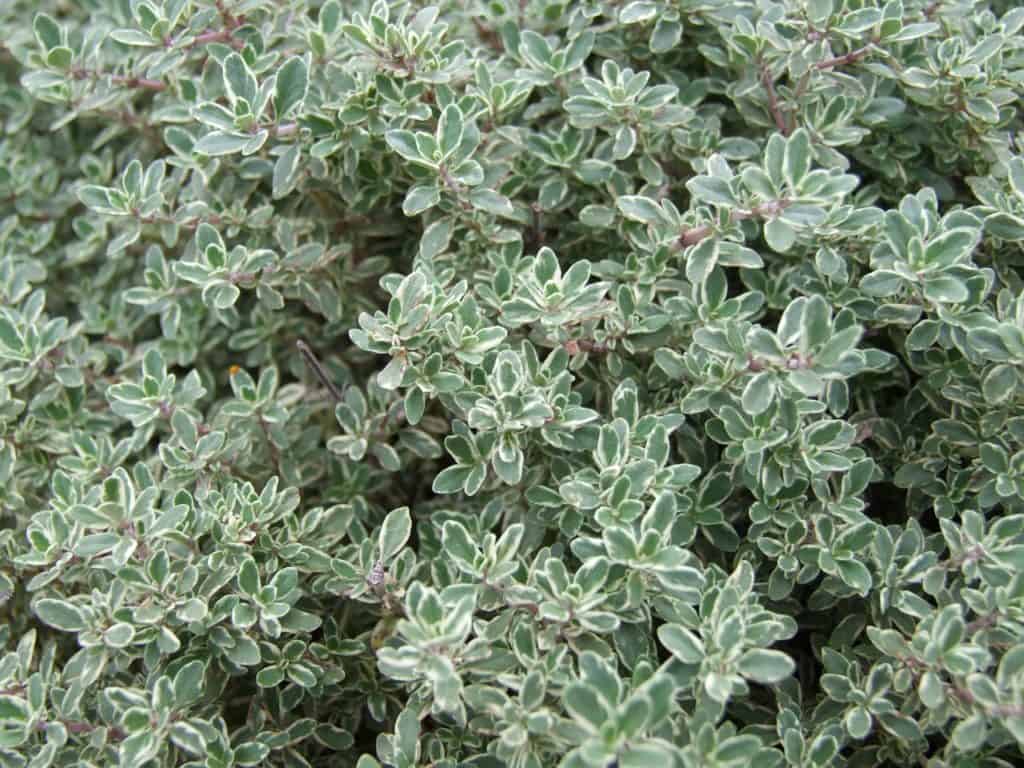
This healing herb contains a natural biocide compound known as thymol. It could held reduce potentially infectious bacteria and other nasty organisms that can destroy a cells, tissue, and body organs.
This medicinal herb can be grown successfully even in a small apartment in a window that gets decent sun. If your thumb is no where near green, you can easily and cheaply stockpile thyme in dried form … as a spice.
As the “Black Death” was sweeping through Europe in the 1300s, thyme was often used as a protection against the plague. This spice boasts a plethora of both antibacterial and antiseptic properties.
Thyme can be brewed into a tea and consumed as a natural stress reliever or to help calm both the body and mind to induce sleep. Thyme tea could also provide a boost to the immune system and help stave off coughing when suffering from a respiratory problem.
Brewed or steeped thyme may also help facilitate sleep and relieve stress. Drinking thyme tea can help curtail coughing fits and boost the immune system.
4. Garlic
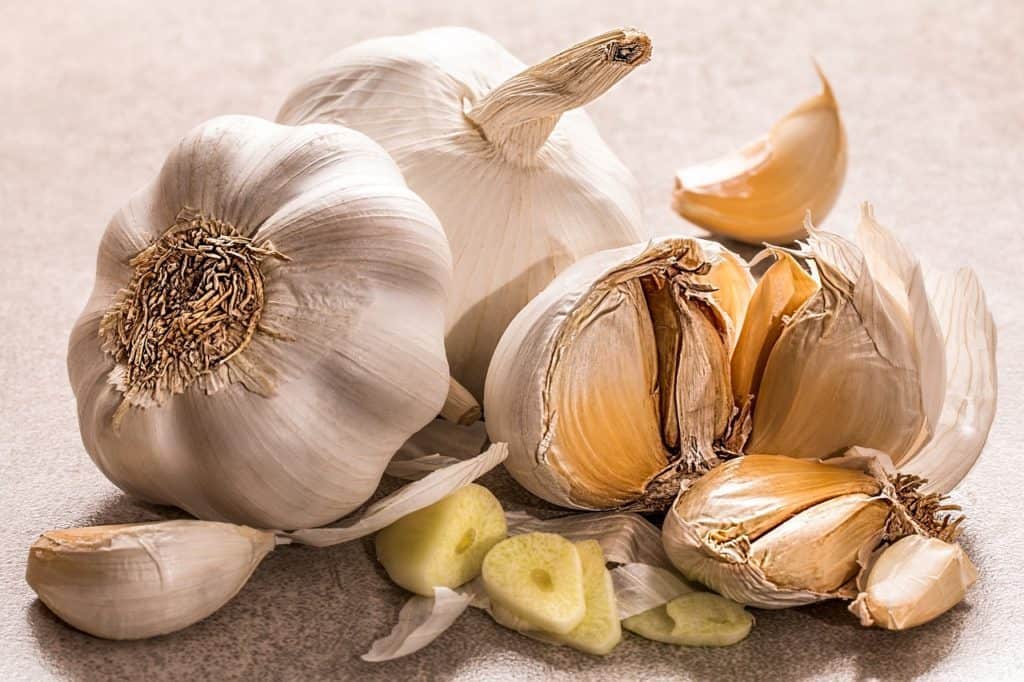
This easy to grow and space saving bulb is used as a base ingredient in copious amounts of natural healing concoctions. Garlic has been used to remove toxins from the body for thousands of years. Garlic can be used either fresh or dried into a spice to help treat or prevent yeast infections, gum disease, cold sores, and respiratory illness.
5. Wild Carrots
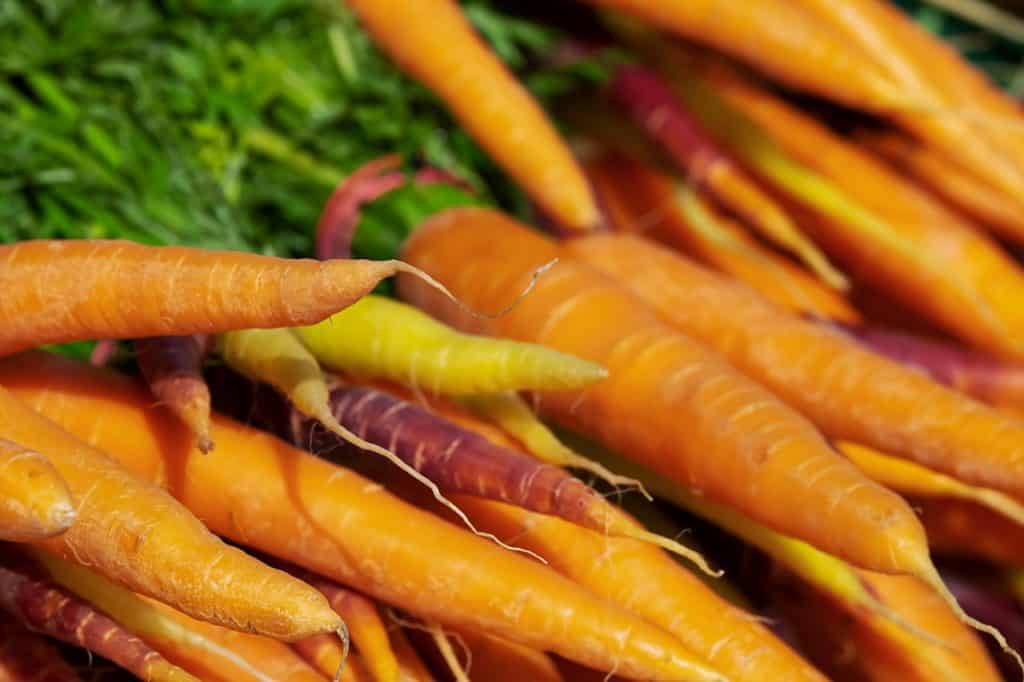
This wild healing plant is often looked upon as merely a week and is also frequently referred to as Queen Anne’s Lace. The tannins this medicinal plant contains may help reduce swelling and have diuretic properties. The oil extracted from this medicinal plant is often used in the creation of natural chapsticks and lotions.
Because the compounds in wild carrots can cause stimulation of pituitary glands, Queen Anne’s Lace can also prompt an above normal amount of sexual hormones to be released.
Wild carrots may also be a base component in natural remedies designed to help enhance liver and kidney function, as well as diabetes. Queen Anne’s Lace has also been used as a pseudo “morning after” medication – therefore it should never be taken by a woman who is pregnant or thinks that she may be pregnant.
6. Milk Thistle
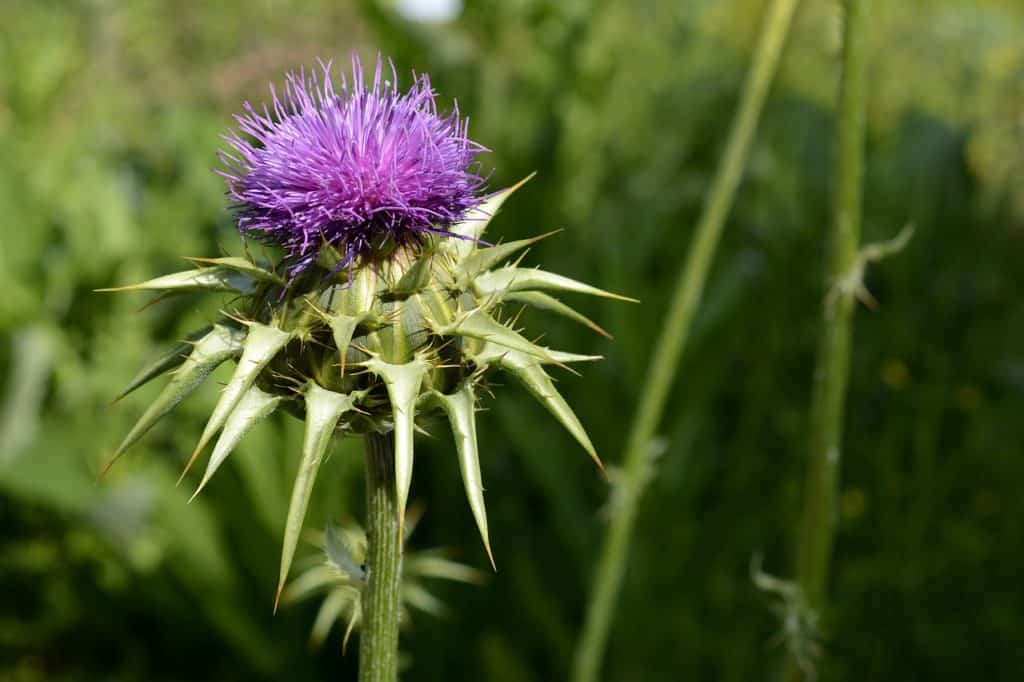
This medicinal plant is also often looked upon as a weed, but its compounds may possess strong anti-inflammatory properties. Milk Thistle also boasts significant antioxidant properties that might be helpful for folks attempting to increase insulin resistance, combating drug toxicity, and when struggling with an infectious disease.
The active compound in milk thistle, silymarin, is comprised of potent flavonolignans, betaine, proteins, fatty acids, and fixed oils.
This prickly plant head has been used to treat a plethora of conditions:
- Asthma
- Liver problems
- Drug-induced nephrotoxicity
- Jaundice
- Snake bites
- Parkinson’s Disease
- Skin rashes
- Dyslipidemia
- Arthritis
- MS
- Kidney disease
- Spleen issues
- Boils
- Gallbladder problems
- Cirrhosis of the liver
- Type II diabetes
- Mushroom poisoning
- Endometriosis
- High cholesterol
- Hepatitis
- Cervical cancer
- Breast cancer
- Skin cancer
- Prostate cancer
- Osteoporosis
7. Ginger
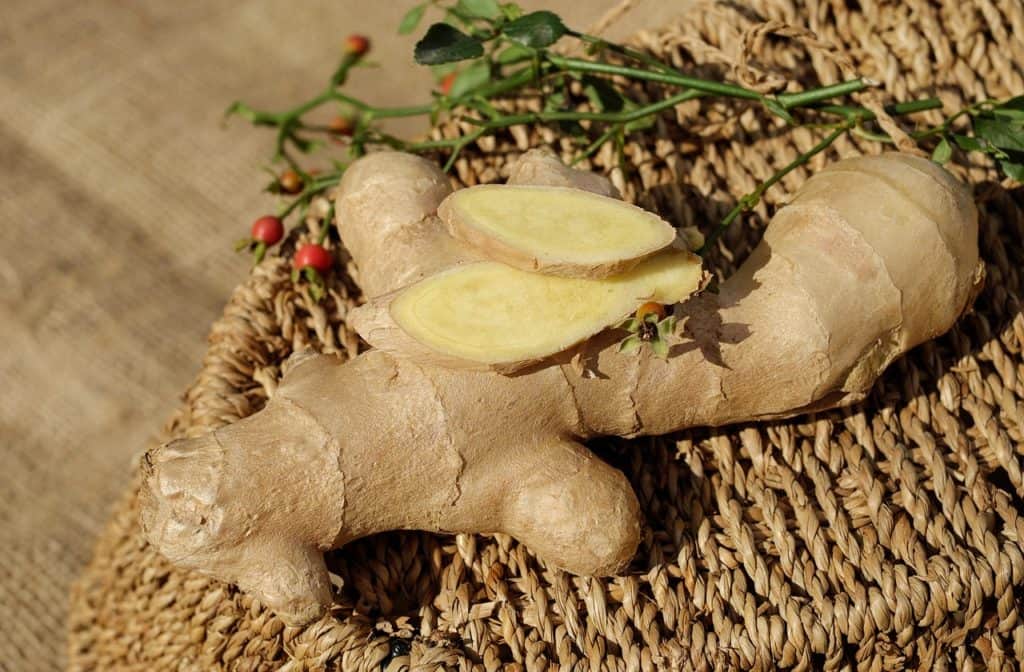
Ginger, a medicinal root, is often used to naturally treat joint pain, headaches and migraines, and menstrual discomfort. This natural healing ingredient boasts antiviral, antioxidant, anti-nausea, and antibacterial properties. There are so many benefits of ginger that it makes sense to have this on our top ten list. Some of those include the following:
- Ginger contains gingerol, which is the main, active ingredient that makes it one of the most impressive roots for treating inflammation.
- Treats many forms of nausea, including morning sickness.
- May reduce muscle pain and soreness.
- Can help with osteoarthritis.
- May drastically lower blood sugar levels and improve heart disease factors.
- Ginger helps treat chronic indigestion.
- Ginger may help lower cholesterol.
8. Dwarf Moringa Tree
The moringa tree has been dubbed the “Tree of Life.” Unfortunately, it would struggle to thrive in the outdoor climate in approximately 95 percent of the United States. But, dwarf moringa trees can be cultivated indoors year around.
Not only can the moringa tree be used as a natural vitamin during a long-term disaster, you can eat every single part of the plant. The list of nutrients that are found in the moringa tree are as follows:
- Moringa trees, even dwarf varieties, boast six times more vitamin C that is contained in oranges.
- You will consume three times more iron from the moringa tree than is found in either spinach or beef.
- This medicinal tree also has about three times the amount of potassium than is contained in a banana.
- A moringa tree contain roughly four times the amount of calcium than contained in milk.
- The powdered leaf from the moringa tree that is used to brew a tea boasts more vitamin E than the United States Department of Agriculture recommends we consume on a daily basis.
- The moringa tree also contains substantial portions of vitamins A,B,C, and K, zinc, magnesium, protein, sodium, amino acids, manganese, and phosphorus.
9. Jewelweed

This wild plant grows along wooded edges and prefer partial shade, but can be cultivated in a domestic garden, as well. This is my “go to” all natural salve base ingredient – but you do not have to mix up a natural healing remedy to garner the antimicrobial and antifungal properties of this plant.
Jewelweed leaves can be picked from the plant at any time of year and either crushed in your hand or chewed upon lightly to activate the compounds that help to soothe the pain caused by any of the issues noted below and then gently rub it on the injury.
This hardy plant has also been used to naturally treat dermatitis, joint pain, minor burns, poison ivy, bruises, athlete’s foot, poison sumac, fish poisoning, and to stem the flow of blood after giving birth.
10. Ironweed
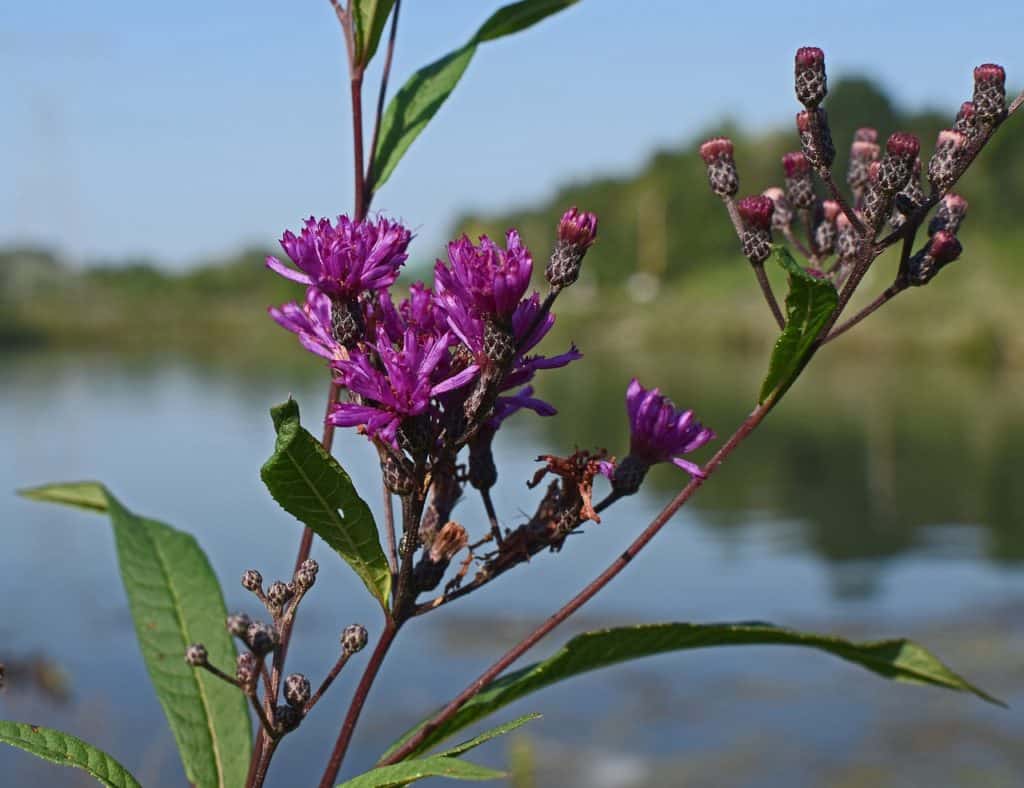
This beautiful so-called weed was widely used by Native Americans to make a medicinal tea to treat a myriad of health issues. There are more than 500 different varieties of this beautiful plant – they grow throughout the United States in fields, pastures, and roadside areas that get full sun.
The medicinal tea is brewed from the root of the ironweed plant to treat fever, loose teeth, post-childbirth bleeding, stomach ulcers, hemorrhaging, and monthly menstrual bleeding. This wild medicinal plant may also be helpful in natural remedies for various types of cancer.
Final Thoughts
When starting a survival apothecary and learning more about identifying and growing medicinal plants, herbs, roots, and trees do not forget to stock up on airtight containers to keep preserved items in. I also highly recommend an inexpensive and durable manual pill capsule making machine to create readily available capsules in various dosages.
